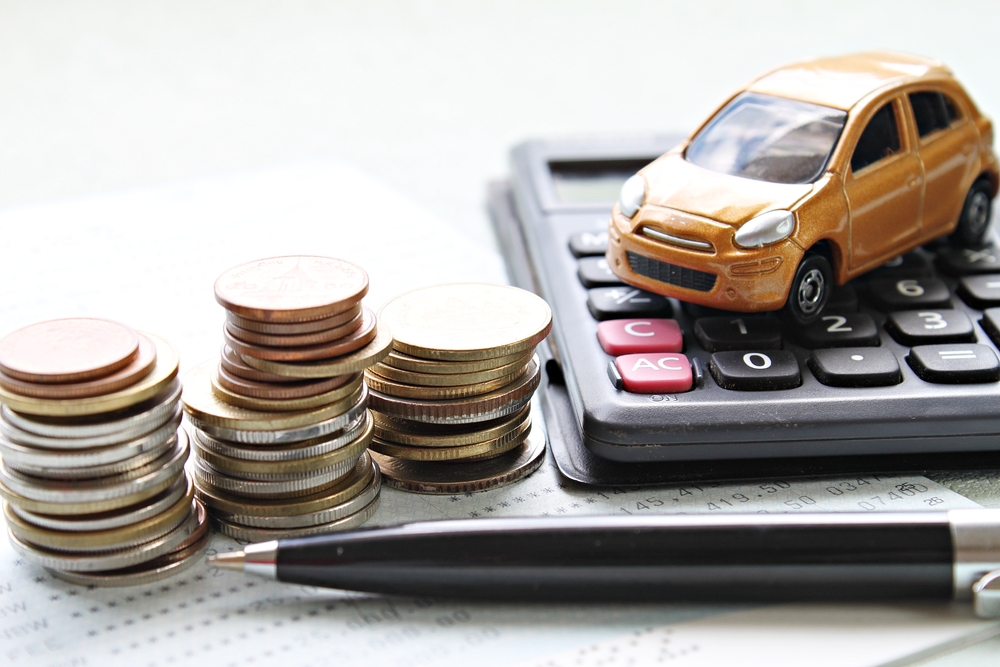Introduction:
Buying your first car is an exciting milestone, but it can also be overwhelming with so many options and considerations to navigate. From choosing the right vehicle to understanding financing and negotiating deals, there’s a lot to learn. Fear not! In this guide, we’ll walk you through each step of the process, providing valuable tips and insights to help you make informed decisions and find the perfect car for your needs and budget.
1. Determine Your Budget:
It’s crucial to set a budget before beginning your car shopping journey. Consider how much you can afford to spend on the purchase price, as well as ongoing expenses like insurance, maintenance, and fuel. Ensure that you’re practical regarding your financial circumstances and steer clear of overextending yourself. Online budget calculators can help you determine a comfortable monthly payment based on your income and expenses.

2. Research Your Options:
With your budget in mind, begin researching different makes and models to find the right fit for your lifestyle and preferences. Take into account elements like dimensions, fuel economy, safety specifications, and reliability assessments. Online resources like car review websites, forums, and consumer reports can provide valuable insights and user reviews to inform your decision.
3. Explore Financing Options:
Unless you plan to purchase the car outright with cash, you’ll need to secure financing for your purchase. Research loan options from banks, credit unions, and online lenders to find the best interest rates and terms available to you. Pre-approval for a loan can streamline the buying process and give you more negotiating power when you’re ready to make a purchase.
4. Visit Dealerships and Private Sellers:
Once you’ve narrowed down your choices, it’s time to start test-driving cars. Visit dealerships and private sellers to see the vehicles in person and take them for a spin. Pay attention to factors like comfort, driving dynamics, and visibility. Don’t be afraid to ask questions about the car’s history, maintenance records, and any available warranties.
5. Get a Vehicle History Report:
Before making a final decision, obtain a vehicle history report for any used car you’re considering purchasing. These reports offer crucial details regarding the car’s ownership history, accident record, title status, and additional pertinent information. A clean history report can give you peace of mind knowing you’re investing in a reliable vehicle.
6. Negotiate the Price:
After identifying the desired car, it’s time to discuss the price. Research the car’s fair market value considering factors like its make, model, year, mileage, and condition. Prepare yourself to engage in negotiations with the seller to secure the most favorable price. Consider factors like any necessary repairs or maintenance that may be needed and use them as leverage during negotiations.
7. Finalize the Purchase:
When a price has been agreed upon, it’s time to proceed with finalizing the purchase. Review the sales contract carefully, ensuring that all terms and conditions are clearly outlined and agreed upon. Consider having a trusted mechanic inspect the car before finalizing the purchase to identify any potential issues. Once everything is in order, sign the necessary paperwork, pay for the car, and take possession of your new ride!
8. Consider Additional Costs:
When budgeting for your first car, it’s essential to consider additional costs beyond the purchase price and monthly payments. Factor in expenses like registration fees, taxes, and any aftermarket accessories or upgrades you may want to add. Additionally, don’t forget to budget for ongoing maintenance and repairs, as well as unexpected expenses like parking fees or tolls. By accounting for these costs upfront, you can avoid financial surprises down the road and ensure that you can afford to maintain your new car properly.
9. Take Your Time and Trust Your Instincts:
Buying your first car is a significant decision, so don’t rush the process. Take your time to thoroughly research your options, test-drive multiple vehicles, and explore different financing options. Trust your instincts and don’t feel pressured to make a purchase before you’re ready. If something feels off or if you have any uncertainties, feel free to step back and continue exploring your options. Remember, the right car for you is out there, and with patience and perseverance, you’ll find it. So take a deep breath, trust yourself, and enjoy the journey of finding your perfect first car.

Conclusion:
Buying your first car is an exciting journey that requires careful planning and consideration. By following the steps outlined in this guide, you can navigate the process with confidence and find the perfect vehicle to suit your needs and budget. Be sure to invest time, conduct thorough research, and have confidence in your intuition. With the right preparation, you’ll be cruising down the road in your new car in no time!

